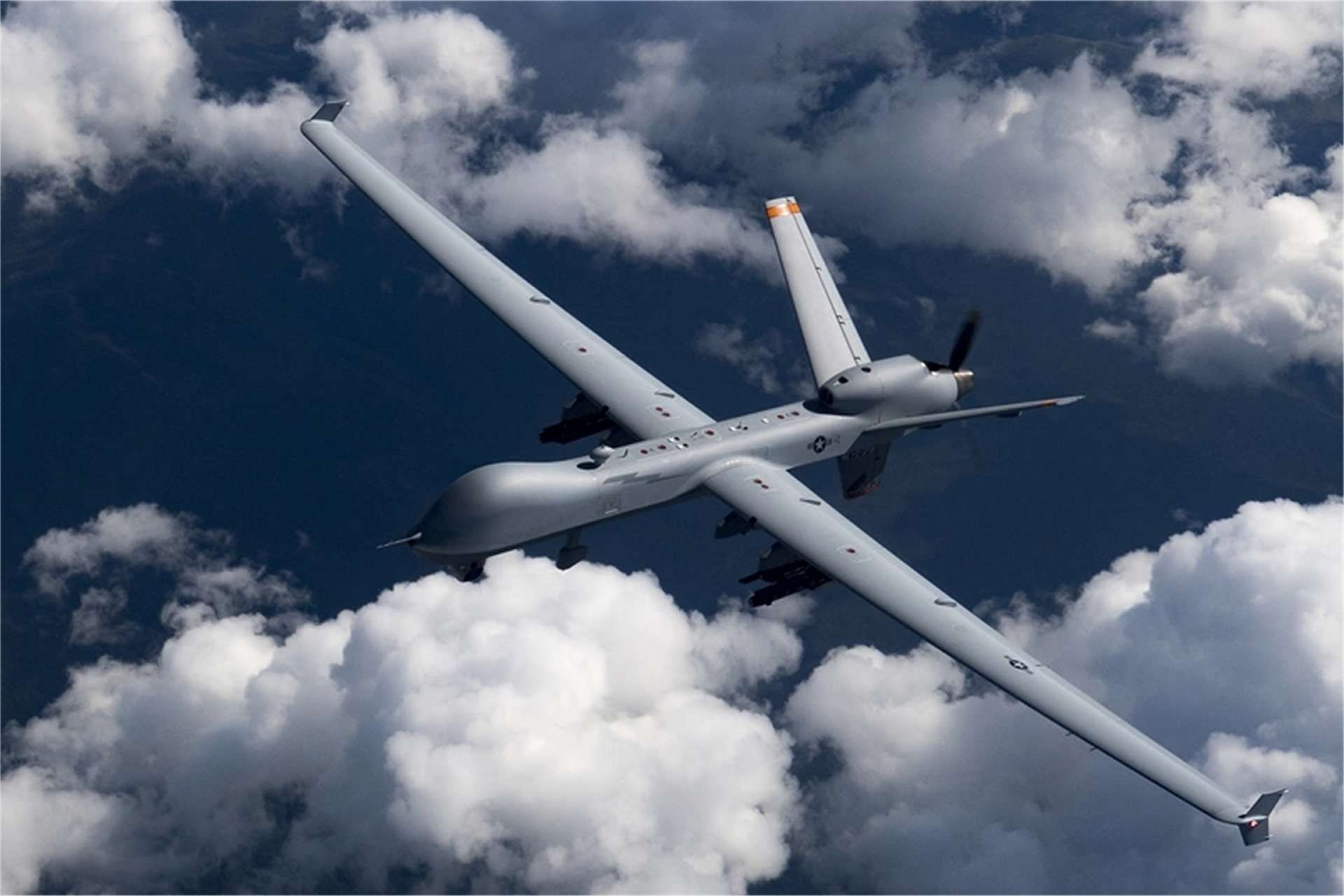Breaking News
US Marines Deploy MQ-9A Reaper Drones to Okinawa.
On August 25, 2024, the United States Marine Corps announced the deployment of MQ-9A Reaper drones to Kadena Air Base in Okinawa to conduct surveillance training operations in southern Japan. This initiative is part of ongoing efforts to strengthen military coordination between the United States and Japan in the strategically important Nansei Islands region.
Follow Army Recognition on Google News at this link

GA-ASI MQ-9A Reaper Drone (Picture source: US DoD)
The drones, belonging to Marine Unmanned Aerial Vehicle Squadron 3 (VMU-3) and part of Marine Aircraft Group 24 of the 1st Marine Aircraft Wing, arrived in the region for a one-year deployment. Although the exact number of drones has not been disclosed due to operational security, Japanese authorities indicated that fewer than six Reapers have been temporarily stationed at Kadena.
1st Lt. Jude Hydrick, the wing's spokesperson, stated that the deployment in Okinawa would allow the Marines to train in realistic conditions, thereby increasing their ability to provide crucial support to both U.S. and Japanese forces. "Operating from Japan offers VMU-3 realistic domain awareness training that will increase proficiency to help support the defense of Japan," Hydrick said in a statement.
The Reaper drones, manufactured by General Atomics in San Diego, are medium-altitude, long-endurance remotely piloted aircraft primarily used for surveillance missions. They can also be equipped with armaments such as Hellfire missiles and Paveway laser-guided bombs, enhancing their capability to conduct intelligence and reconnaissance missions.
As a reminder, the MQ-9A Reaper is a versatile reconnaissance and attack drone. It is powered by a Honeywell TPE331-10 turboprop engine, allowing it to reach a maximum speed of 300 mph (480 km/h) and cruise at an altitude of 25,000 feet (7,500 meters). With a flight endurance of approximately 27 hours, the Reaper can cover vast areas during extended surveillance missions. The aircraft can carry a payload of 3,750 pounds (1,700 kg) across its external hardpoints, including AGM-114 Hellfire missiles, GBU-12 Paveway II laser-guided bombs, and other armaments. The Reaper is equipped with advanced sensors, such as the AN/DAS-1 MTS-B (Multi-Spectral Targeting System), which enables reconnaissance operations in both day and night conditions.
The Nansei Island chain, also known as the Ryukyu Islands, stretches from Kyushu to Taiwan, a region of increasing strategic importance amid rising regional tensions. The drones deployed to Kadena will conduct surveillance activities in this area in close coordination with Japan's Ministry of Defense.
This deployment adds to the presence of other drones at Kadena, including eight Air Force Reapers and two Navy MQ-4C Triton maritime surveillance drones. The Tritons are scheduled to be withdrawn from the base in October as planned.
Cooperation between U.S. and Japanese forces remains a key element of regional defense strategy, as both nations face growing security challenges in the Indo-Pacific.
Marine Unmanned Aerial Vehicle Squadron 3
The Marines have several drone squadrons, called Marine Unmanned Aerial Vehicle Squadrons (VMU). These squadrons specialize in operating drones for reconnaissance, surveillance, target acquisition missions, and, in some cases, attack.
The Marine Corps has its own air component, Marine Aviation, which supports the Marines' ground and maritime operations. Marine Aviation includes fighters, helicopters, and drones like the MQ-9A Reaper. This structure allows the Marines to have autonomous air capabilities to support their missions quickly and effectively, without relying exclusively on the Air Force or the Navy.
Although the Marine Corps has its own drones, it operates in close coordination with other branches of the U.S. armed forces, notably the Air Force and the Navy. This cooperation allows for sharing resources, expertise, and ensuring comprehensive mission coverage. The MQ-9A Reaper is also used by the Air Force, and the integration of drones within the Marine Corps enables synergy between branches for joint missions, particularly in strategic regions like the Pacific.


























